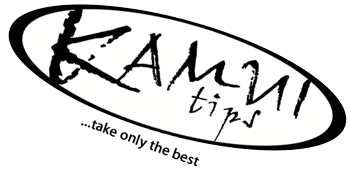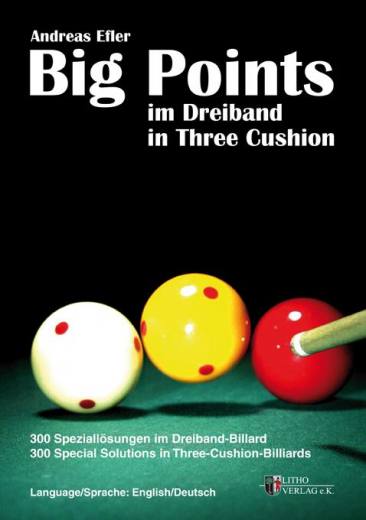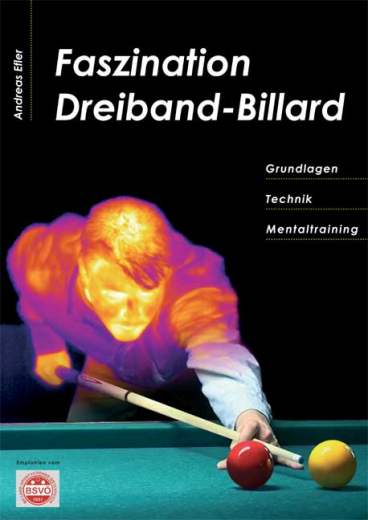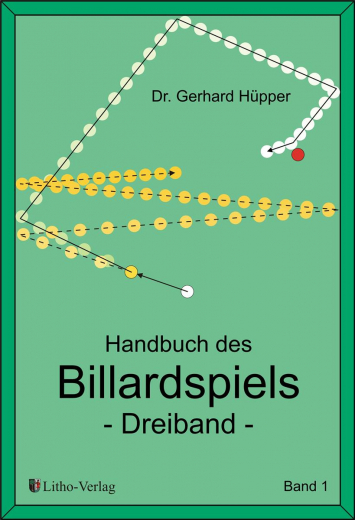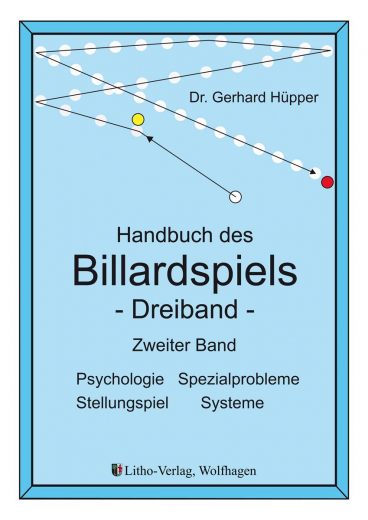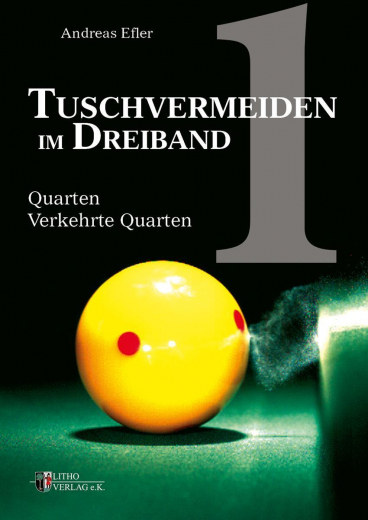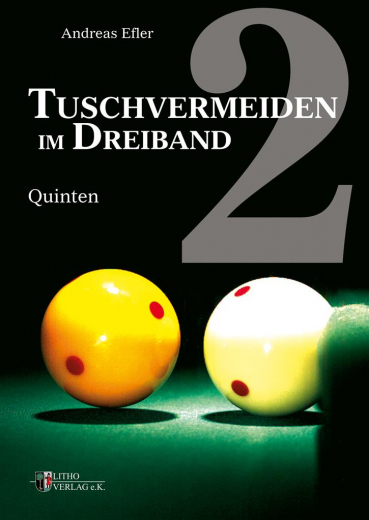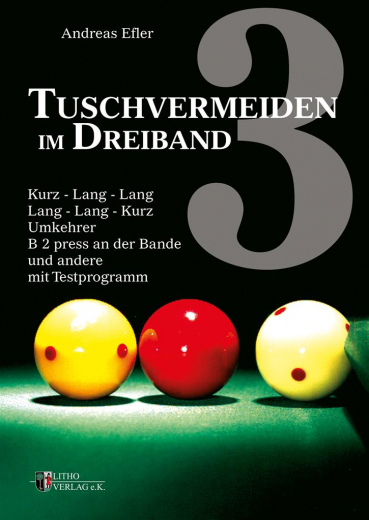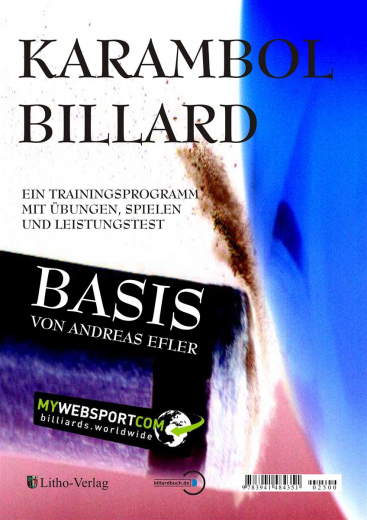|
Unbenanntes Dokument
|
<<zurück
| Home |
Inhalt |
weiter>>
Training
Nr. 66 Psychologie - Anhang 2: Nick
Prinsloo über Stoß und Zielen
Im folgenden geht es um das Zielen und die Stoßausführung
bei langen Distanzen, wie es ja beim Pool-Billard als Einstieg in
die Serie fast die Regel ist.
Pausing For Perfection
We're almost ready to bring the cue through for that final delivery:
the stroke itself. We could, at the end of the last practice stroke
(when the tip of the cue is almost against the cue ball), let the
cue continue its forward motion and actually play through the cue
ball, thereby finishing the stroke.
Chances are, if you have done everything correctly up to now, and
provided the shot is not one that makes professionals think twice,
you will pocket the ball. Now ask yourself the following questions:
will I make the ball ten times out of ten? Will I make the ball
if getting on the next one requires some kind of fancy positional
maneuver? Will I then make it ten times out of ten? Will I make
that ball if it is the winning ball of an important game? Of an
important match? Of the finals of an important tournament? Against
Efren Reyes in the finals of an important tournament, broadcast
live on television with camaramen moving around you and bright lights
in our eyes?
If you are serious about pool and improving your game, and you answered
NO to any of the previous questions, then simply letting go at the
end of the final practice stroke is not good enough. You need an
important additional element or two. Something that will help you
focus enough without breaking your rhythm to never miss that shot,
regardless of the circumstances and playing conditions.
I have found that element (one of them, at least) to be a slight
pause before you draw the cue back for the final delivery.
A pause just long enough for your eyes to fix themselves on the
object ball, where they will stay throughout the completion of the
stroke. You will be amazed at the power of this little technique.
Every time I slip out of form and find I am missing balls I should
normally make, it is because I forget to pause, or get lazy and
rush the stroke.
This pause (pause #1) should be no more than a second long, at most
1.5 seconds. Anything longer than that will make your eyes want
to wander back to the cue ball. Similarly, it should not be too
short, although for quick players it will be no more than a slight
pause. As long as it gives your eyes the chance to go to the object
ball and stay there long enough to verify that you are still in
line and aiming right.
Then, when you are ready, draw the cue back, fairly slowly (not
painfully slowly, just smoothly). Once again, this will vary from
player to player, depending on how quick you are. The backswing
affects the cue delivery to an extent players hardly ever consider.
It should be concentrated upon to keep the backswing as straight
as possible. If the cue has ended off line at the back of the backswing,
it will not come through in a straight line. Slow, smooth and straight
are the keywords concerning the backswing.
The second pause takes place now, at the end of the backswing,
just before the forward stroke. It is not quite a stopping action,
or as long a pause as the first one when your tip is addressing
the cue ball, but merely a slight, split-second pause between the
backward and forward motion of the cue. In fact, make sure you don't
stop the flow of the cue; it will make the action too mechanical
and forced.
The backswing-pause-forward-stroke action can be likened to taking
a deep breath and exhaling; taking the breath is quite slow and
there is a definite pause before you exhale. Try breathing in quickly
and exhaling without the "pause". Feels unnatural, doesn't
it? Another analogy is that of driving a car in reverse, and then
changing into a forward gear. You wouldn't suddenly jam the car
into Drive while it is still moving backwards, would you? It is
a smooth change of direction.
Here is a breakdown of a typical stroke, from start to finish:
STROKE, STROKE, STROKE, STROKE, PAUSE (Eyes to object ball)......,
BACKSWING, SHORT PAUSE, SHOOT !
This facet of the technique, when mastered, could separate you from
your peers in no time. Make it a fundamental part of your technique
by practicing it until it becomes natural. You should use a practice
routine consisting of easy shots - preferably straight ones over
a short distance, and just practice getting the timing right, without
having to worry too much about getting the angle right. That way
you can focus entirely on the pause-backswing-pause-shoot tech-nique,
get that right - only then move on to more demanding shots.
Hier
können sie sich diese Seite als PDF-Dokument herunterladen.
Auf das Bild klicken
|
Unbenanntes Dokument
|
